Italian furniture designer and contemporary art collector Stefano Del Vecchio arrived in Hong Kong in 2006. Later on, with the assistance of a fellow Italian interior designer, he transformed an apartment into a unique space designed around his collection of post-war Western art and contemporary Chinese works. With his predilection for mixing old and new, Stefano Del Vecchio has built up an unparalleled private territory of living and art.
He shared with Larry’s List his fondness in mixing post-war Western art with Chinese contemporary art, old with new; how his own-designed furniture matches some of his collected artwork, and how being a furniture designer influences his perception for art.
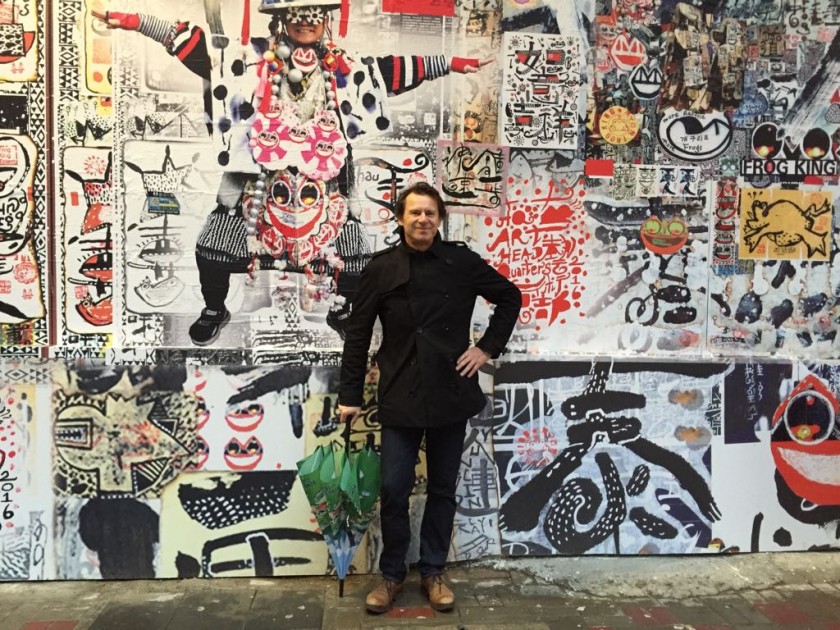
What made you want to start collecting art?
It was just a natural evolution from simply seeing art in museums and galleries and wanting to own some…
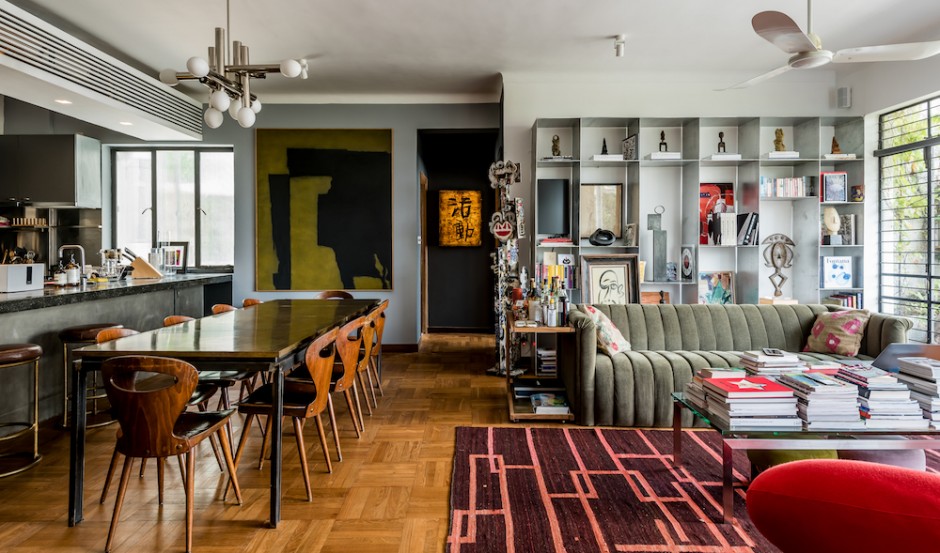
When did you fall in love with a piece of art? What was it?
At the beginning, I was attracted by Minimalism, the rigors of colors and lines… I admit it might have been unusual as a first love in art!
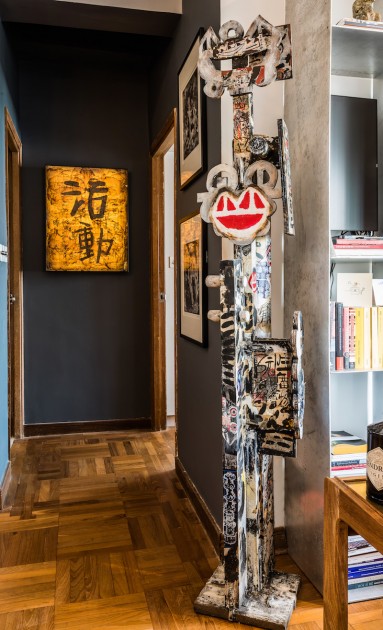
What is your focus in your collection? Are you more interested in emerging or renowned artists?
There isn’t really a specific focus, I always bought what I like and let my guts rather than market speculation drive the action. I have periods where I’m more focused on paintings, others in photos, video… It doesn’t matter as long as they can all be part of an organic body of works that live well together and give me pleasure when I’m around it.
Why are you most interested in post-war Western art and Chinese contemporary art?Post-war Western is what many Europeans of my generation have been most exposed to, especially American art, but Italian post-war has been part of the backbone of the art language with artists like Fontana, Castellani, Bonalumi, Dadamaino and many others who form important icons in Italy.
Chinese contemporary is more a sign of the time. When I moved to Asia, over ten years ago, I experienced first-hand the incredible transformation that the Chinese society was undergoingand I was attracted by how these young local artists were experiencing and translating these changes into their art, each one with their own language, but in general in a very vibrant one, that fascinates me more than their counterparts in the rest of the world. The rise of hundred of millions out of poverty in a matter of twenty, thirty years is unprecedent in the history of our planet, and I sense these young artists feel it and translate it well in their works.
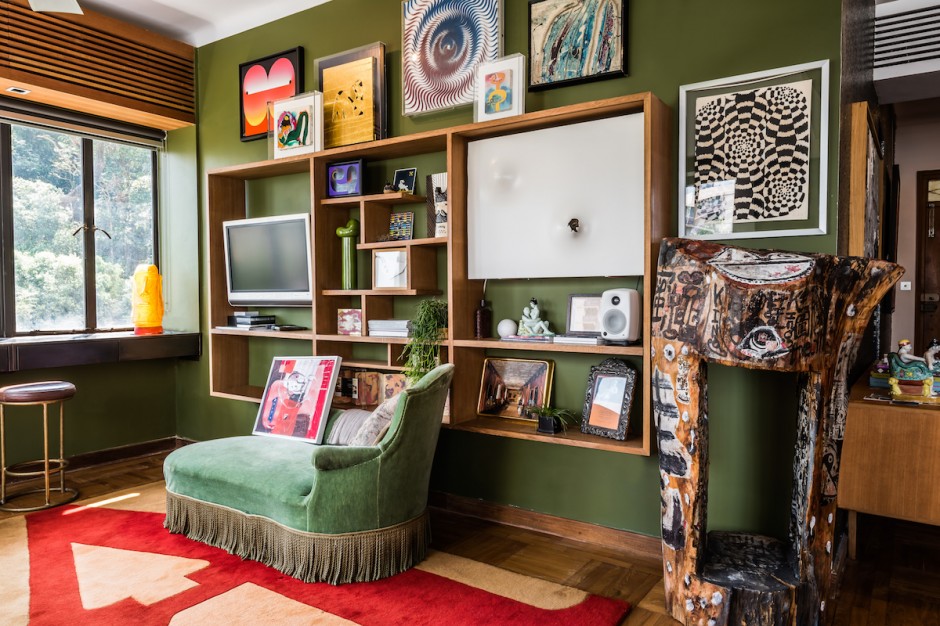
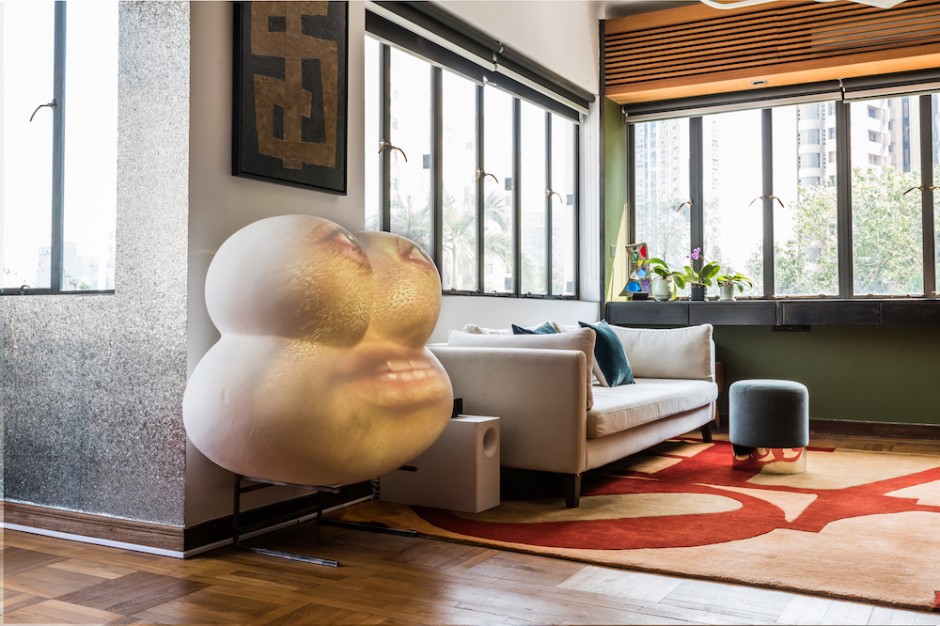
What unites all the works you have acquired?
Hard to say what can link a 1500’s Raffaello X-ray wood board to a video work by Tony Oursler and a 1960 burlap work by Japanese artist Maekawa, but when you actually see them next to each other, you understand there is a line that connects them, you don’t think “ oh, what did this guy do…putting together such different styles, periods, media…”, you get it…
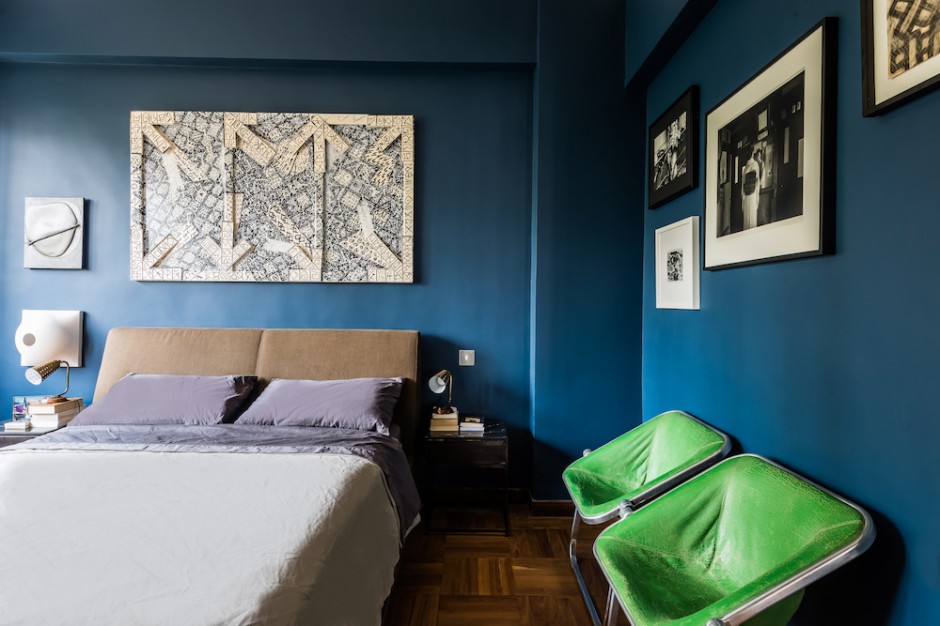
What were the first and the latest artworks you purchased?
The first was an Italian artist, a white Castellani from 1984, the last was a Japanese Motonaga Sadamasa from the 90s.
How many artworks do you own? Where do you display your collection?Not really sure how many, I just know that I filled all the walls of my homes here and elsewhere. I started to have more in storage, and this doesn’t excite me, I like to be close to the art I buy, and this will probably slow down further expansion of the collection.
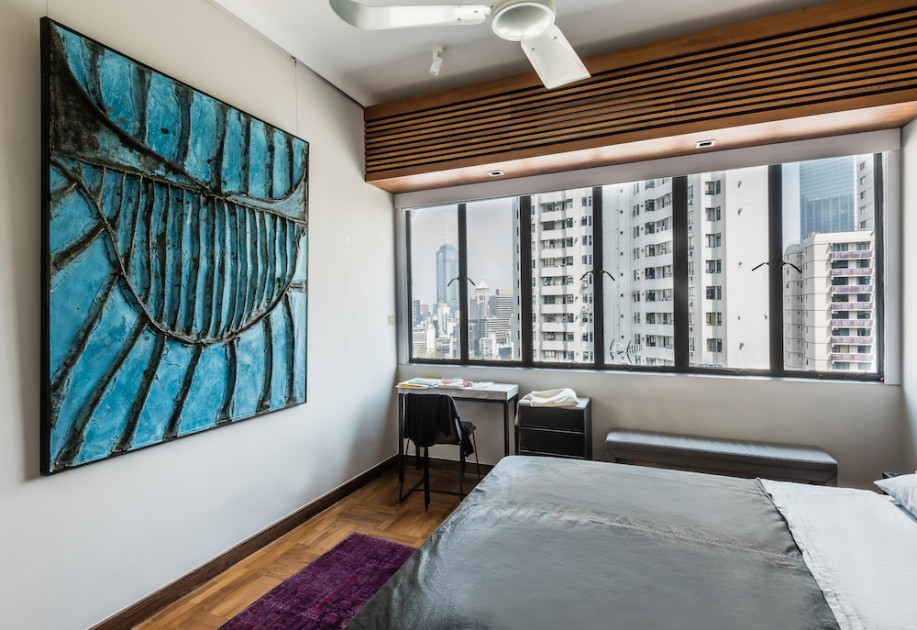
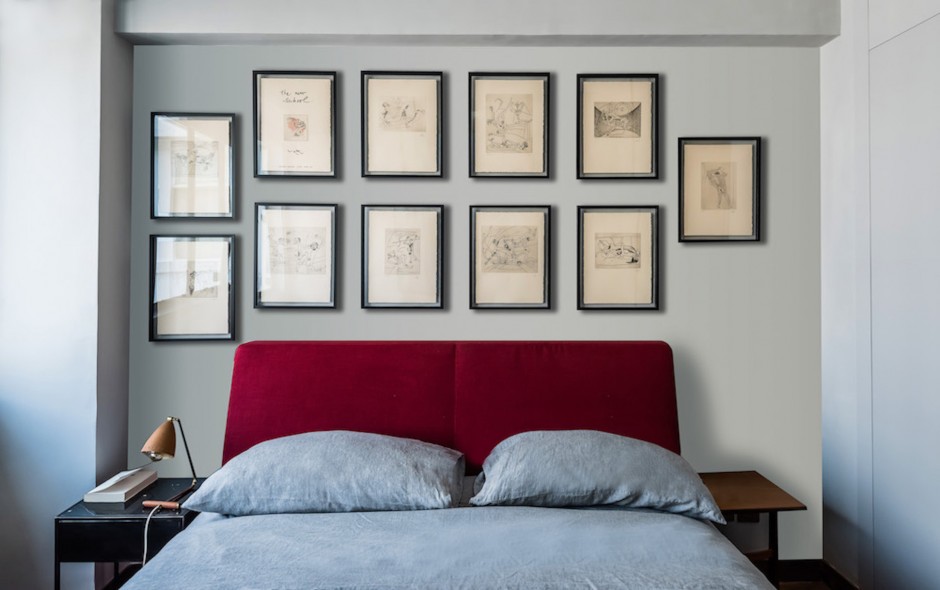
How did you work with interior designer to transform your apartment into a stylish one that works also with artwork display?
Well, being a designer myself I usually have a frank consultation with interior designers about my homes, I am very much hands-on when it comes to lay out, materials and decoration.
I start from the selection of the building , it has to have some character. I prefer older buildings with charm, modern skyscrapers are too cold for me even if they can offer more amenities. Once I choose the “container”, I then work on the lighting and the spaces and see where I could position the art pieces I have in mind, and it usually works.
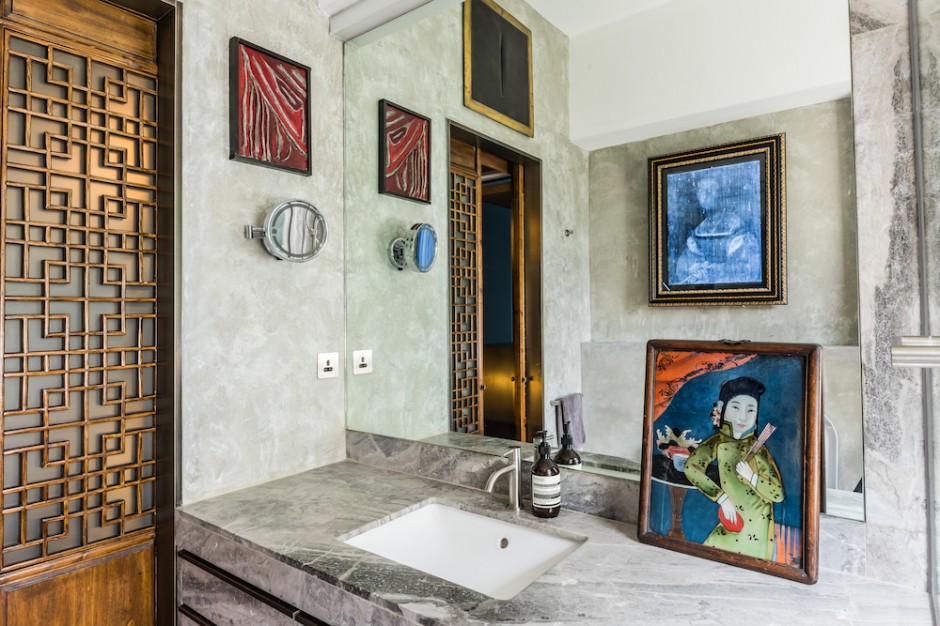
How do your art collection and your home interior reflect your predilection for mixing old and new?
I always liked to mix old and new, the new of today will be the old of tomorrow, I think beauty has no age, so as long as this is respected, I have no preference for one or another.
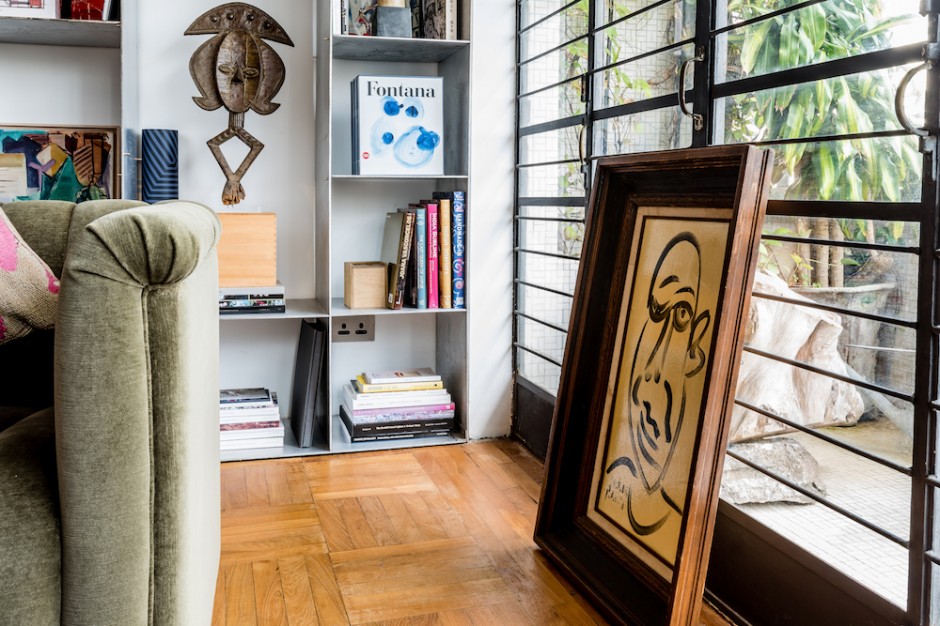
Can you give some examples on how your own-designed furniture matches some of your collected artworks at your home?
Many pieces I designed have quite a few connections with the art, consider for example, the dining table with raw welding marks on steel picking up the ribbing of the burlap in Maekawa’s paintings, or the acidulated aluminum bookshelf picking up the look of reclaimed materials that Hong Kong street artist Frog King uses for his totems here, or the organic shape of the dining chairs pairing with the organic shapes of Motonaga works and many more…
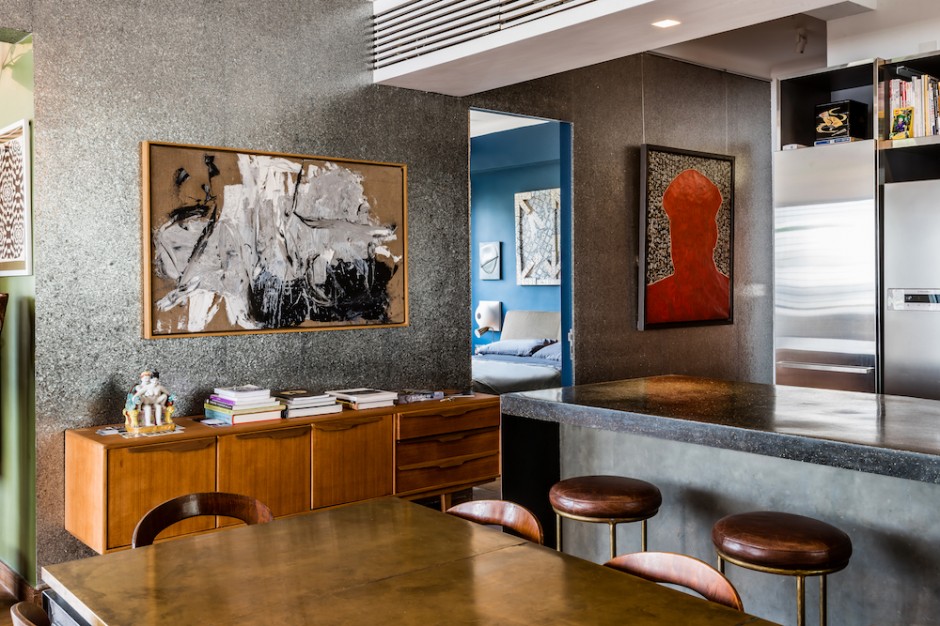

How does being a furniture designer influence your perception in art?
It does, in the sense that being a craftsman myself, I appreciate the work of the artist not only by what it expresses, but also by the ability for building and creating the piece. Also, there is a sense of balance that must exist in both a piece of furniture and a piece of art … this is the minimum that the two have in common.
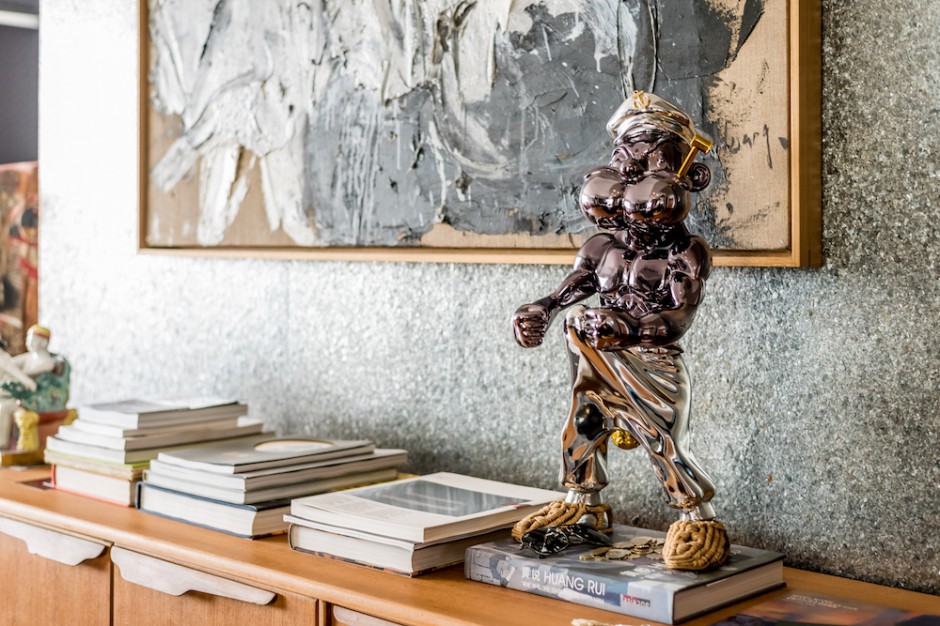
What do you think about the contemporary art scene in Hong Kong?
Art activities have greatly improved in Hong Kong in the last five years, when I arrived, there were just a handful galleries and no public art institutions.
Now we have Art Basel Hong Kong; dozens of galleries of good quality have opened up; and institutions like M+, Tai Kwan, Parasite and others are offering art affecionados more and more interesting programs and with an Asian flavor that no other places can offer.
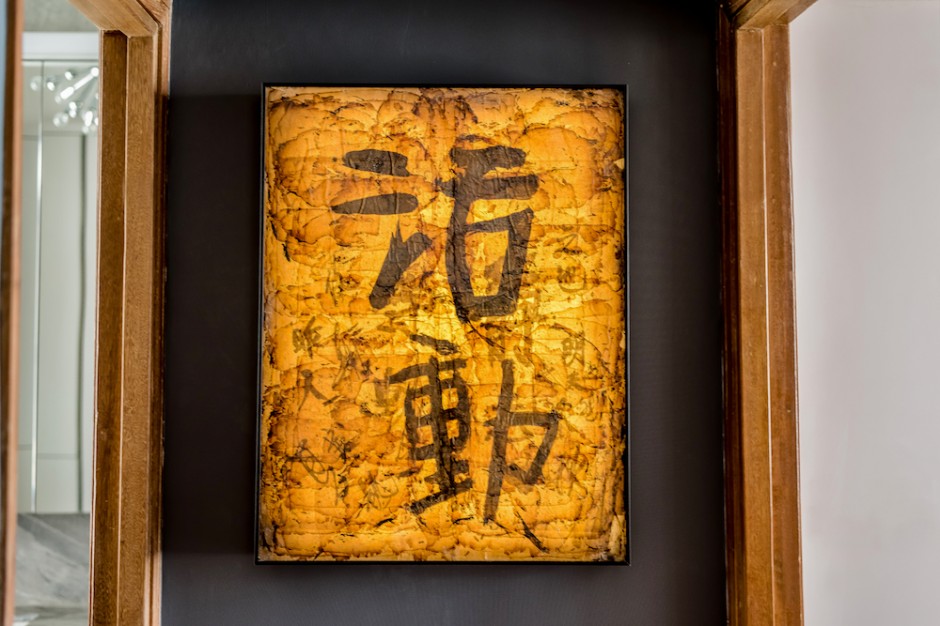
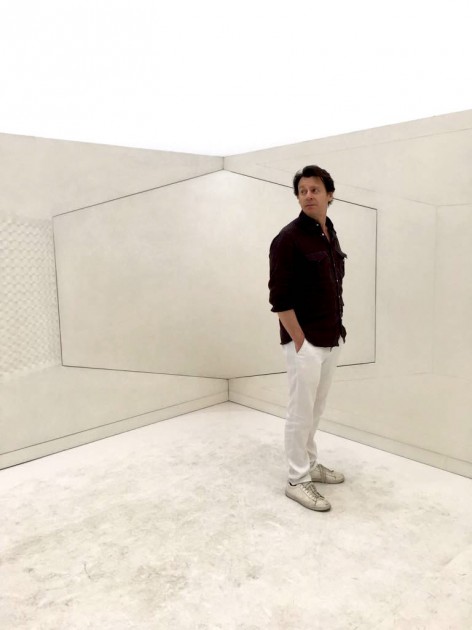
A selection of artists Stefano collects:
Enrico Castellani
Frog King
Motonaga Sadamasa
Tony Oursler
Tsuyoshi Maekawa





